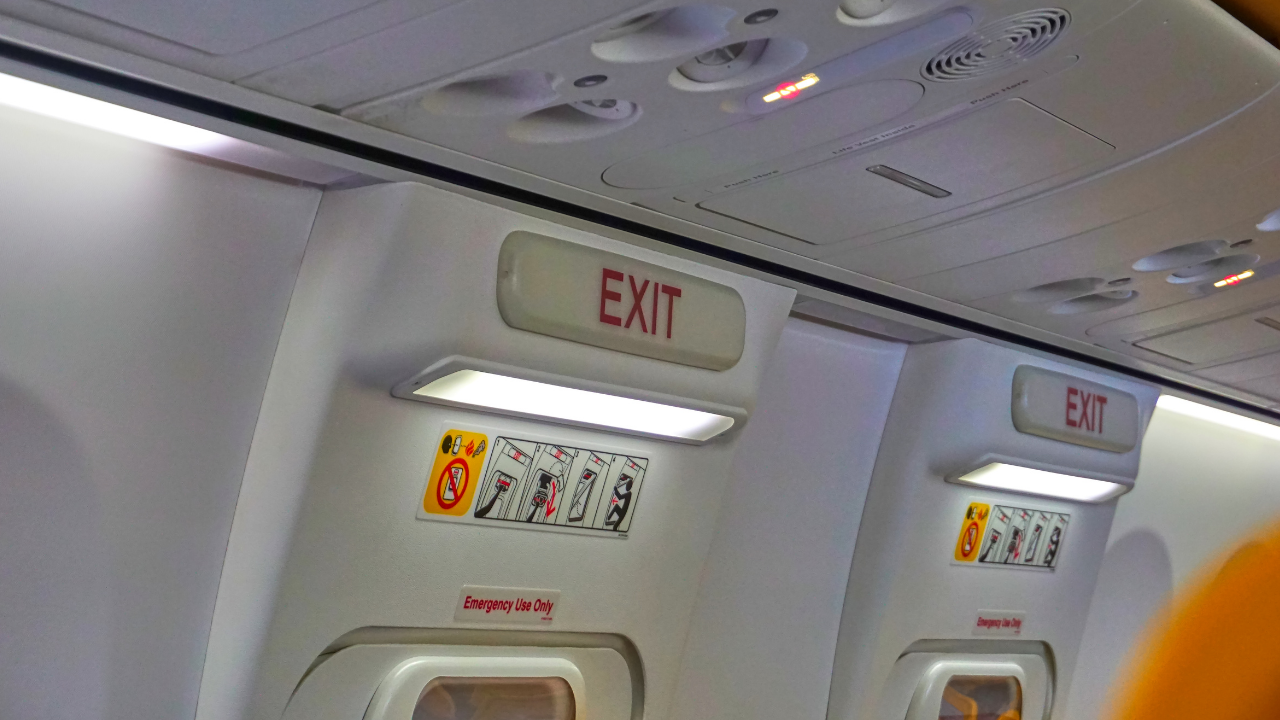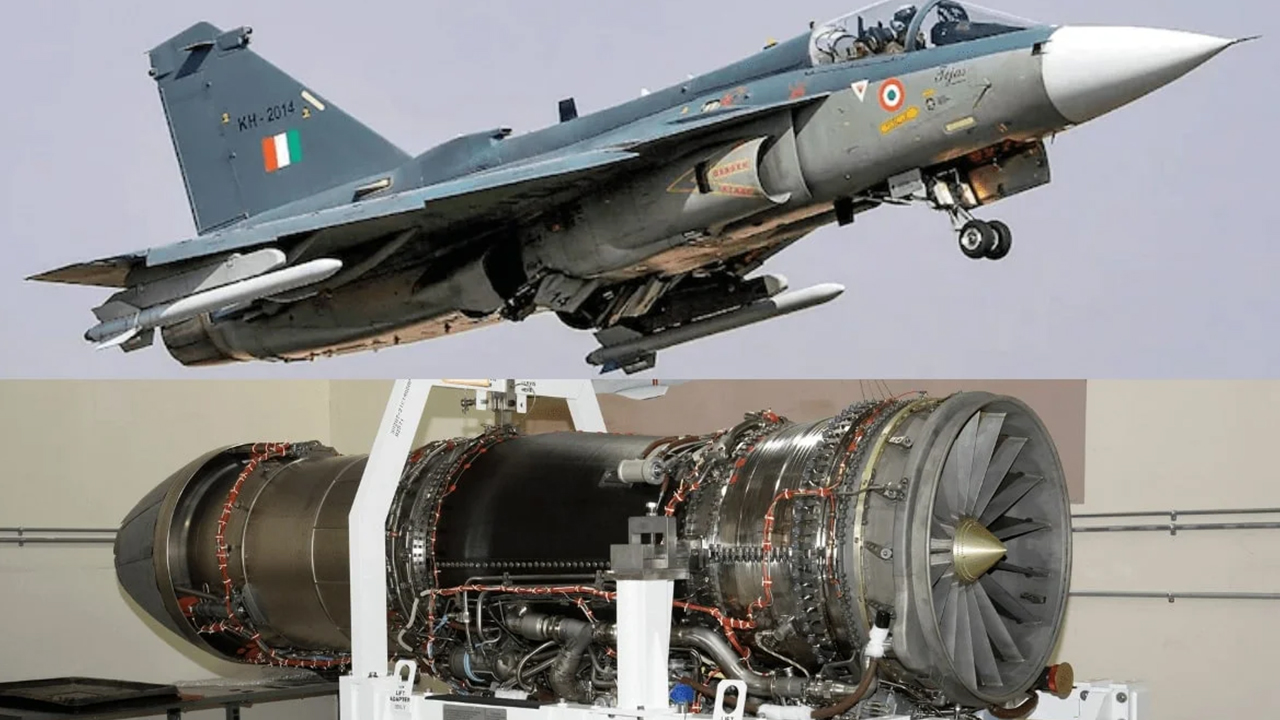Aerospace plastic market to reach US$ 32.04 billion in 2028, according to Emergen Research
#AerospacePlastic #AerospaceDesign #AerospaceGradePlastic #AircraftInteriorPartsRise in demand for attractive cabin designs and increase in number of low-cost carriers are expected to drive demand for aerospace plastics over the forecast period.

November 2021: The global aerospace plastic market size reached US$ 17.93 Billion in 2020 and is expected to register a significantly rapid revenue CAGR during the forecast period, according to latest analysis by Emergen Research.
Drivers
Rise in demand for attractive cabin designs and increase in number of low-cost carriers are expected to drive demand for aerospace plastics over the forecast period. Aerospace grade plastic is widely used in aircraft interior parts such as panels, luggage compartments, seats and trays among others. This is primarily because it is easier to mould into a proper shape, unlike other conventional aircraft materials such as rubber and aluminium, while offering additional benefits of light weight. Engineers are using aerospace-grade interior plastics to create novel aircraft layouts that are more ergonomic and visually appealing at the same time. In addition, increase in the number of Low-Cost Carriers (LLC) will continue to support increasing demand for aerospace grade plastics. Low-cost carriers have played a major role in the steady expansion of the aviation industry over the past quarter-century, and will continue to do so going forward because low-cost carriers have a comparatively lower operating cost structure than other airlines. These are some key factors expected to contribute to revenue growth of the aerospace plastic market.
Growth Projections
The global aerospace plastic market revenue is expected to expand at a CAGR of 7.7% and increase from US$ 17.93 Billion in 2020 to US$ 32.04 Billion in 2028.
COVID-19 Impact Analysis
Almost every industry has been affected by the COVID-19 pandemic. The aerospace plastic market has been impacted by disruptions in the dramatic drop in demand for passenger air transport and freight due to the pandemic and the containment measures are threatening the viability of many firms in both air transport sector and the rest of the aviation industry.
Current Trends and Innovations
There will be increasing use of 3D printing in aerospace industry because component production volumes are generally high (more than 70,000 parts annually). 3D printing is being used as a redesign solution rather than for end-part manufacturing. Owing to advancements in the size of industrial printers, the speed at which printing can be done, and the availability of materials makes 3D printing a feasible alternative for many medium-sized production runs, particularly for high-end interior designs.
NEWSLETTER
TRENDING ON PRO MFG
MORE FROM THE SECTION









